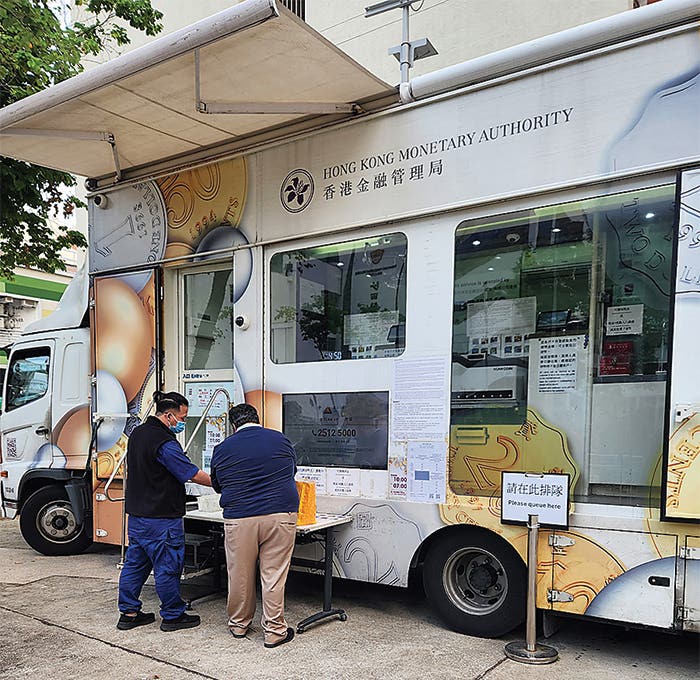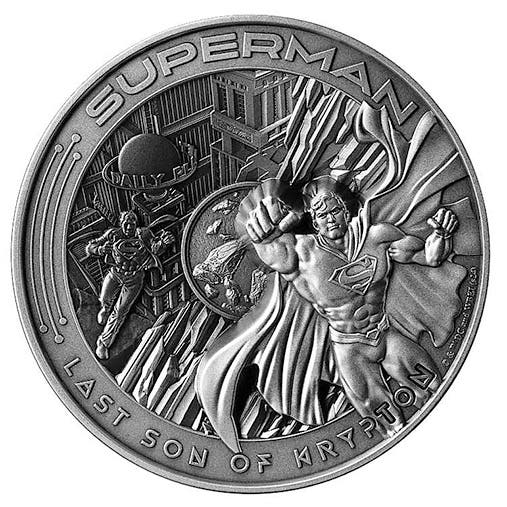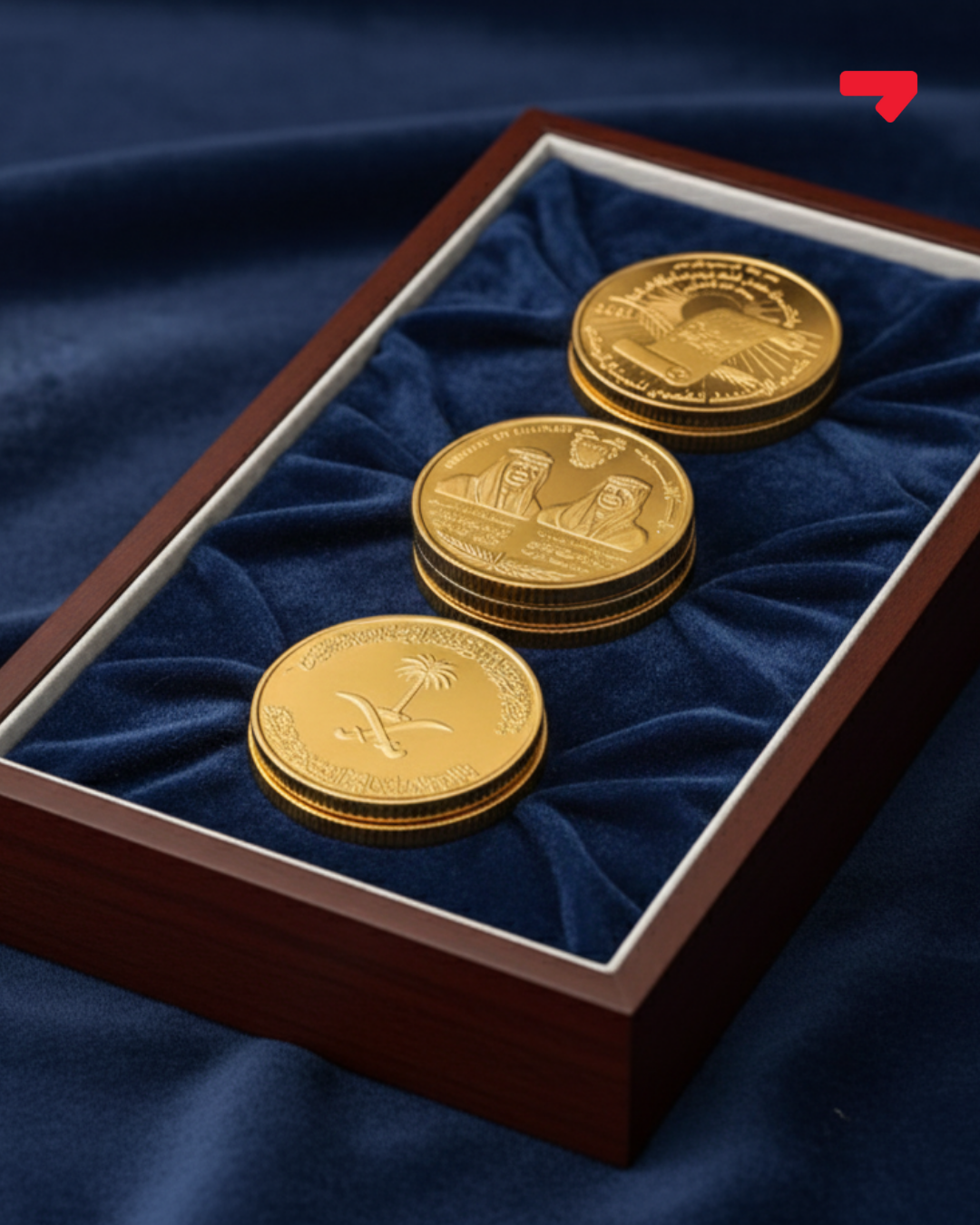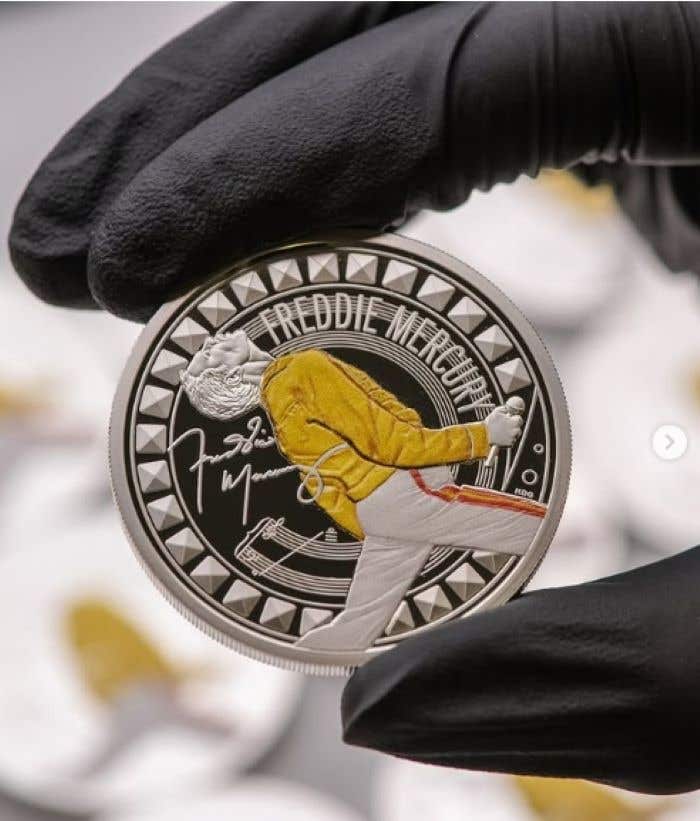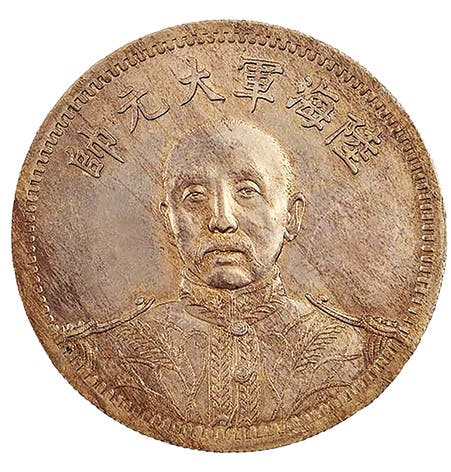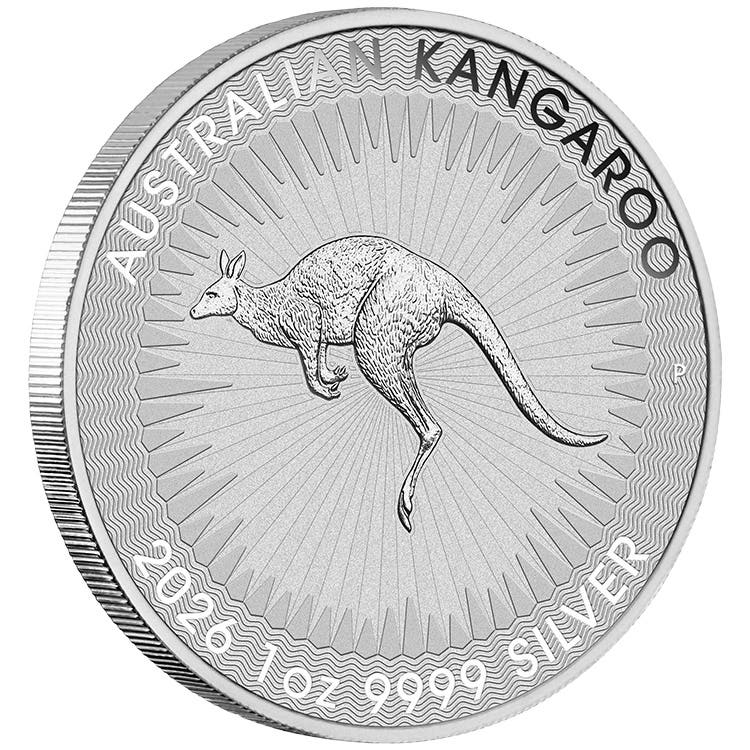Estonia goes after counterfeiters
By Richard Giedroyc Germany’s Bundesbank or central bank is concerned with the number of fake euro bank notes now in circulation, while breathing a sigh of relief that the number…
By Richard Giedroyc
Germany’s Bundesbank or central bank is concerned with the number of fake euro bank notes now in circulation, while breathing a sigh of relief that the number of counterfeit coins appears to be on the decline.
In Estonia researchers are determined to keep the trend in coins going in ‘the right direction’ due to some recently developed technology employing acoustic spectrum analysis.
Don’t get the wrong impression. Although according to the Bundesbank there was a 31 percent increase in the number of bad bank notes detected during the first half of 2015 over that of the second half of a year earlier, this still only represents about 50,500 bogus euro bank notes with a face value of about 2.2 million euros (about $2.4 million US).
Bundesbank Cash Provisions Section Manager Carl-Ludwig Thiele put this statistic into perspective, suggesting that the average German citizen would encounter a counterfeit bank note about once every 800 years.
Nevertheless the German central bank continues to examine more than 15 billion bank notes for authenticity annually, a number that would make even the largest third party coin certification services nervous.
According to the July 11 issue of Deutsche Welle (German World), “The number of counterfeit coins, in contrast, has declined sharply recently. In the first half of 2015, about 14,500 fake coins were found; in the second half of 2014, about 26,000 had been found.”
While the Deutsche Welle article continues by giving suggestions how to detect counterfeit bank notes the article says nothing further about how to detect bogus coins. This is where the website SecuringIndustry.com chimes in.
According to the June 25 posting on Securing Industry, “In years gone by, it was not uncommon for coins to be tested for authenticity by striking them and listening to the tone produced. That rudimentary technique has now been replaced with tests based on electromagnetic properties of the alloys used in coins and sophisticated imaging, but researchers in Estonia believe sound could still have a role to play in detecting counterfeits.”
What Securing Industry is talking about is how a Tallinn University team developed a way for acoustic spectrum analysis to identify the vibration patterns produced by coins when dropped, this being used to identify fakes and differentiate different denominations. A full explanation is published in a recent issue of the journal Elektronica ir Elektrotechnika.
The Tallinn University team used already existing Fast Fourier Transform algorithm technology, but has developed a device into which a coin can be dropped, the “ring” or acoustical signal to the coin being analyzed when the coin strikes a metal plate connected to a microphone.
Sufficient coins were studied to generate a representative spectra for each type. This was used with “efficiency and high accuracy” to detect counterfeit coins that were unable to mimic the acoustic spectrum of genuine examples.
According to the university team, they anticipate the accuracy of the device can be improved even further by combining the acoustic sensor with available imaging technology.
How important is it that this technology be developed when the number of counterfeit coins is negligible when compared to bank notes?
According to SecuringIndustry.com, “A search on an online marketplace today revealed several listings for ‘commemorative’ or ‘custom’ euro coins from China, one of which claimed to be able to provide a million units per month with a minimum order of 5,000 coins.”
This article was originally printed in World Coin News.
>> Subscribe today or get your >> Digital Subscription
More Collecting Resources
• Start becoming a coin collector today with this popular course, Coin Collecting 101.
• Hunter? Naturalist? Purchase the 2014 World of Hunting – Red Deer silver coin to add a majestic coin to your collection.




